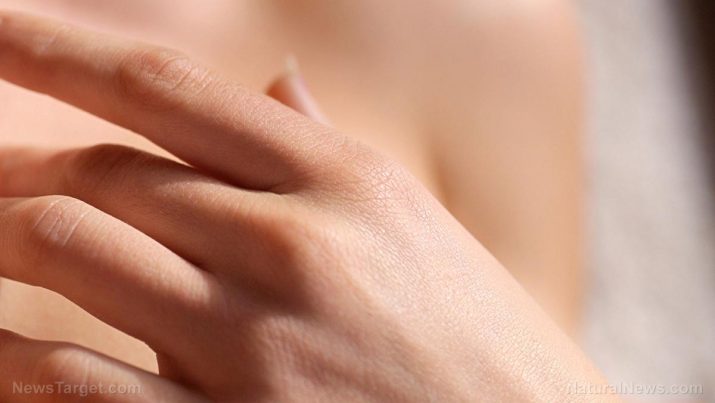
Ehlers-Danlos Syndrome – causes, side effects and treatments at NaturalPedia.com
Wednesday, March 14, 2018 by Rhonda Johansson
http://www.naturalpedia.com/ehlers-danlos-syndrome-causes-side-effects-and-treatments-at-naturalpedia-com.html

Ehlers-Danlos syndrome describes a group of connective tissue disorders. These conditions may vary in their manifestation but generally affect the skin, bones, bloods vessels, and other organs and tissues.
There are 13 types of Ehlers-Danlos syndrome, according to the 2017 classification. Take note that this may change in a few years as doctors learn more about the disorder.
This makes Ehlers-Danlos difficult to diagnose and treat. To date, it is considered fairly rare, with only 1.5 million people in the world known to have the disorder.
Scientists say that this may not be an accurate estimate.
Known symptoms of Ehlers-Danlos syndrome
The most common symptom of this disorder is defects in the connective tissue. Patients typically have soft, velvety skin that is fragile and stretchy. Patients tend to bruise easily and may suffer from abnormal scarring.
Most people with the disorder display an unusually large range of joint movement (hypermobility). Children and infants who have hypermobility also have weak muscle tone and are delayed in their motor skill development (such as sitting, walking, and standing). Hypermobility increases the likelihood of dislocations and chronic pain as well.
Rarer forms of Ehlers-Danlos syndrome include abnormalities in the vascular system where the blood vessels of patients unpredictably rupture. This can lead to spontaneous internal bleeding which can be fatal if the person is not aware of it. The vascular type of Ehlers-Danlos syndrome also increases the risk of organ rupture, including the tearing of the intestine and uterus.
Yet other forms of the disorder can be seen with such symptoms as the curvature of the spine, unstable joints that dislocate easily, fragile eyes, and thin skin with visible small blood vessels.
Body systems harmed by Ehlers-Danlos syndrome
The disorder affects the entire body, especially those parts that rely most on connective tissue.
Food items or nutrients that may prevent Ehlers-Danlos syndrome
Ehlers-Danlos syndrome is hereditary so not much can be done to prevent the disorder. That said, there are still some food items and nutrients that you can take to manage its symptoms.
Patients with the disorder are recommended to increase their intake of all foods that are rich in collagen which helps rebuild elasticity in the body. Other nutrients to take are vitamin C, aloe vera, gelatin, and hyaluronic acid.
Doctors advise patients to avoid sugar as this can exacerbate inflammation.
Treatments, management plans for Ehlers-Danlos syndrome
There is no cure for Ehlers-Danlos syndrome.
Patients are given a personalized treatment plan which manages symptoms depending on the type of Ehlers-Danlos syndrome they have. Most treatment plans involve improving the skin’s condition by taking in more food that restores its firmness and engaging the patient in stretching activities such as yoga to tighten and realign the body’s structure.
Where to learn more
- Ehlers-Danlos Syndrome (EDS) and Kratom
- Category: Nutrition
- Category: Strength Training
- Hashimoto’s Thyroiditis Symptoms Relieved by Kratom
- Category: Food
Summary
Ehlers-Danlos syndrome is a group of disorders that affect connective tissue.
These can range from loose joints to life-threatening complications.
The disorder is hereditary and has no cure.
Sources include:
Tagged Under: Tags: Ehlers-Danlos Syndrome






